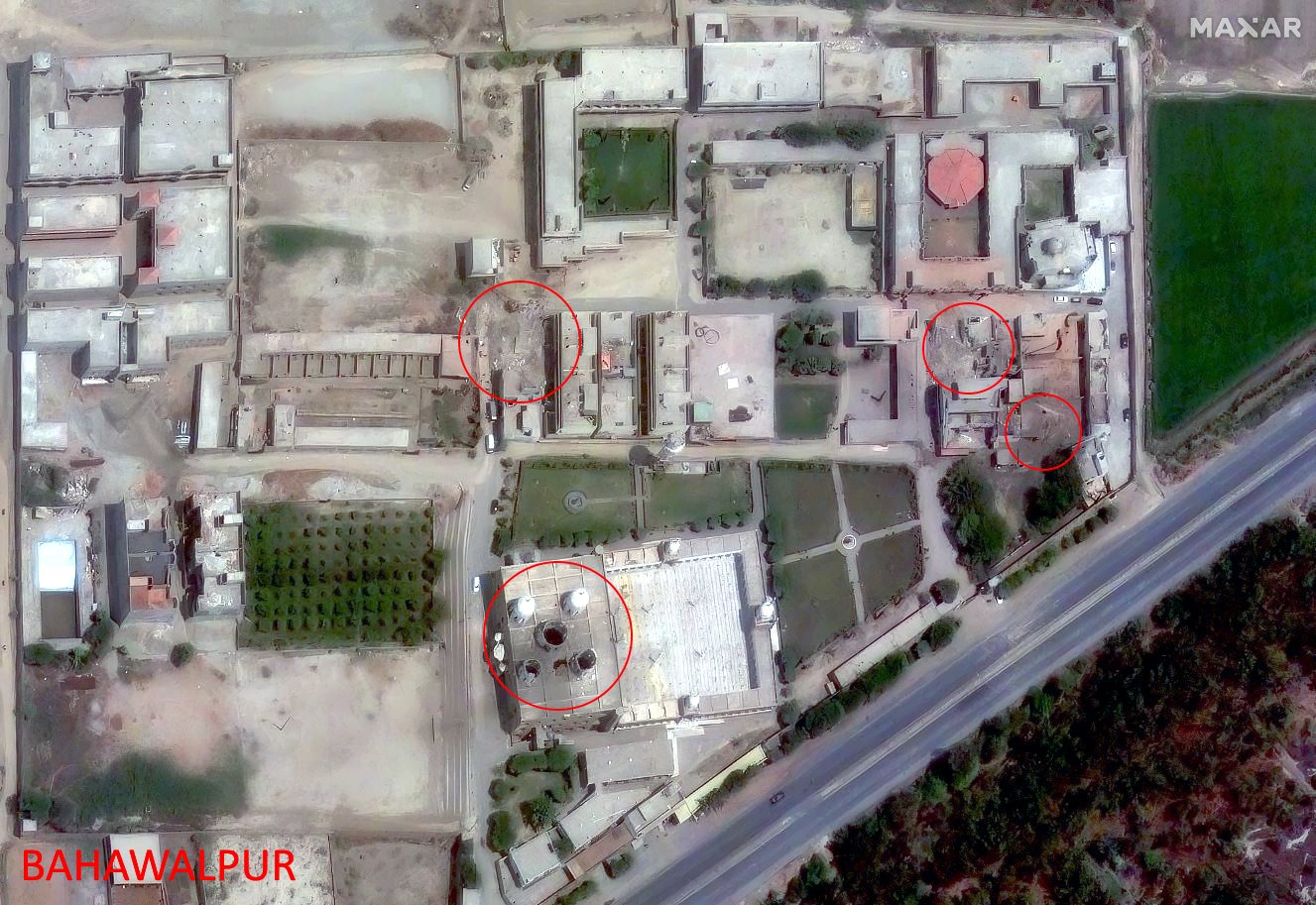Dear Express Reader The Election Commission has yet to announce the dates, but the impending assembly election in Gujarat is already laying claim to more and more of our attention. In many ways, that is unsurprising. This was the stage that incubated and nurtured the phenomenon of Narendra Modi, as chief minister from 2001 to 2014. From here, he first started addressing the nation, making agile use of emerging technologies to widen his stage, create a national audience, and perform to it. In Gujarat 2002, a brutal communal violence that had raged under Modi's watch had shattered a country's complacency, that large-scale Hindu-Muslim riots were an affliction of the past. The moment of that 2002 violence in Gujarat, like the 1992 demolition of the Babri Masjid at Ayodhya before it, became a defining motif of the BJP campaign ever since, in stated and then, more and more, unstated ways. The Modi-BJP, which, from 2014, rules India and a lengthening list of states, has added several layers to its repertoire of appeals. But if its political arc had to be pinned down to a location, given a distinct address, it would be apt to say that it took off from Gujarat. In Gujarat, then, where this time the AAP could lend another edge to the long-running bi-polar contest, the question can be framed best: In 2022, and ahead of the bigger parliamentary battle in 2024, BJP versus Who? And: BJP versus What? The campaign is still to formally begin, but some indications are already in. Broadly, they point to a shift that has been taking place over time, one that seems more clear now: The non-BJP parties, which in the immediate aftermath of the Modi-BJP's electoral successes had pronounced secularism in danger, and relied, perhaps excessively, on civil society/activists to take their agenda forward, even outsourced it to them, have decided to step back, backtrack and to altogether evade the secular-communal theme. They appear to have made a decision - that to defeat the BJP, they will also have to take the fight to its "Hindu" vote, alongside their other gambits so far, be it cobbling an anti-BJP arithmetic/front (the Mahagathbandhan), or concentrating on local issues (as the Congress did in the last assembly election in Gujarat), or countering the BJP with the "regional pride" or "pro-women" platforms (Priyanka Gandhi's pointed appeal to UP's betis in the last election in that state was an example of the last). More significantly, they seem to have concluded, also, that they must appeal to the "Hindu" vote in ways that mimic the BJP. This decision of the non-BJP party is set in a context of its successive electoral defeats by a BJP that uses its vast agenda-setting power and formidable machine to lay a trap: You are with the Hindus or against them. The non-BJP party's decision to sidestep the BJP trap by mimicking the BJP is illustrated, among other things, by the reticence of the Congress and AAP, in the run-up to the Gujarat election, on the early release of convicts in the Bilkis Bano gangrape and murder case - Rahul Gandhi put out only a perfunctory tweet and it is not yet clear whether his 'Bharat Jodo' Yatra carries forward the evasion and euphemism or breaks it. And the silence of both Congress and AAP on the public flogging of Muslim men by policemen after a Garba event in Kheda more recently. The AAP's reticence on the Bilkis case and Kheda floggings must be seen alongside its rhetorical plunge on other issues - it sought to blame Rohingya refugees and Bangladeshi immigrants for the communal violence in Northeast Delhi, and a few days ago, Arvind Kejriwal requested the PM to include pictures of the gods, Lakshmi and Ganesh, on currency notes, ostensibly for the sake of India's economic prosperity. In effect, what this means is that if there is any exhaustion of the BJP's project in a bastion like Gujarat, its recipient will be a BJP-like party. That is, the non-BJP party, be it the Congress or AAP, is no longer, if it ever was, staking the ground for a genuinely alternative politics. Of course, there is a large area of politics outside of the Hindu-Muslim question and cleavage. It could also be argued that by assuming such a stance on issues of the religious majority and minority, the Opposition party is not just denying the BJP a critical weapon but also freeing up valuable public-political space for those other issues. The AAP, in particular, has worked at a "Delhi model" for which it is also given credit - it focuses on a more locally-grounded bijli-paani-padhai-sehat solutionism. Kejriwal's party is engaging the Modi-BJP on the "revadi" debate, which involves questions of welfare and freebies. By all accounts, then, in Gujarat and elsewhere, the non-BJP parties are searching, still, for the most effective way to take on BJP dominance. It may be that a strategic silence/reticence/evasion on "minority" issues yields political-electoral dividends. But it is also true that the costs are adding up too - a pessimistic picture is being entrenched, of who is a "Hindu". And crucial possibilities are being surrendered - of imagining a politics that does not give in to that pessimism and is winnable too. Till next week, Vandita | 
No comments:
Post a Comment